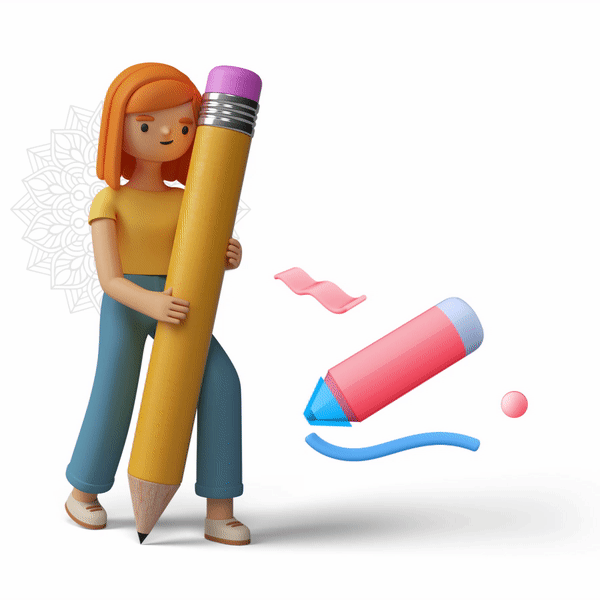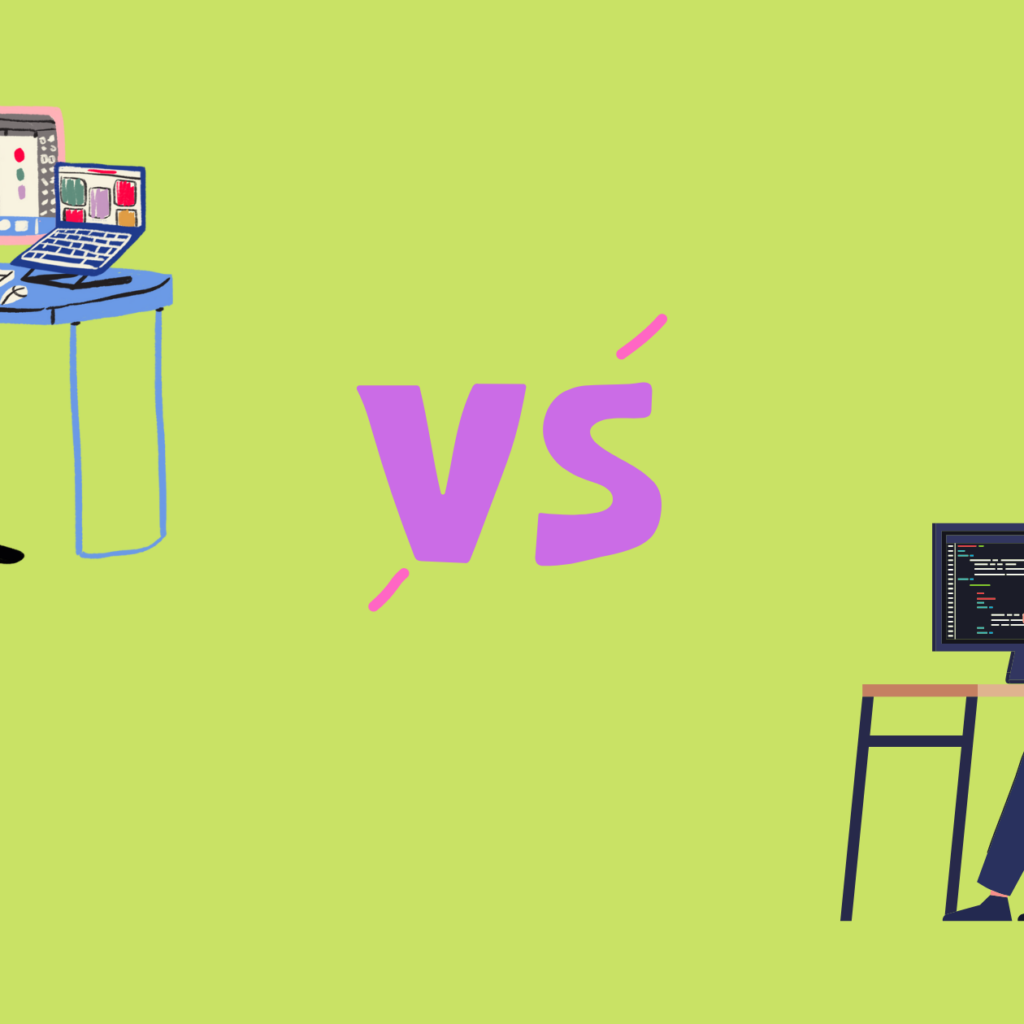Everything from your icon, design, and user experience can be optimized by incorporating emotions in branding to establish loyalty among your users. Consumers can have highly emotional reactions not just to big brands like Apple, but even to smaller companies like yours.
However, we at Draftss also provide some unique designing features for your website, logos, banners, etc. You can try out our free services for 7 days on monthly and quarterly plans.
The goal of emotional branding in mobile apps is to shape branding perceivance by users. Learn how you can use emotion to further connect with your users by reading our guide below or get the gist by jumping to our infographic.
What is Emotion and why use it in Branding?
Emotional branding is the process of forming a relationship between a consumer and a product or brand by provoking their emotions. Marketers achieve this by creating content that appeals to the consumer’s emotional state, ego, needs, and aspirations.
Marc Gobé created the concept of emotional branding over 20 years ago and detailed it in his book The New Paradigm for Connecting Brands to People. His philosophy is based on the observation that connections can take place on an emotional level in relationships between brands and people.
Emotional branding plays to humans’ natural desire for love, power, emotional security, and ego gratification. All of which are subconscious and can be tapped into by emotionally triggered marketing.
This tactic can be over 50% more effective than a non-emotionally targeted advertisement.
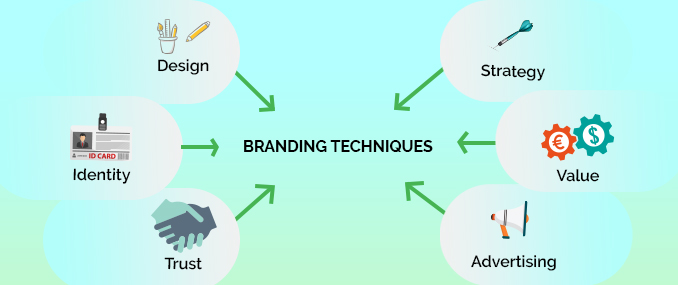
Emotional Branding vs. Emotional Advertising
Although it may seem self-explanatory, emotional advertising is a complex practice and when done incorrectly can leave your audience feeling confused. With careful consideration and use of emotional appeal, however, emotional advertising can be highly effective.
Emotion can be applied more directly in advertising, such as in a specific ad or campaign. Each emotion in an ad contributes to the branding strategy — emotional ads are like individual building blocks that create the structural integrity of the brand.
Many companies will create emotional ads in response to major events, while also promoting their products or services. For example, following the US travel ban in 2018, Airbnb launched a campaign pushing the idea of a global community in their “Let’s Keep Traveling Forward” advertisement. Making a statement like this is a bold and effective brand positioning strategy. Emotions and branding go hands-on hands in branding strategies.
Emotion and the Hierarchy of Needs
Maslow’s Hierarchy of Needs theory classifies emotional motivation through biological and social needs. Humans need to cover their physiological needs (food, shelter, air, water) before they can work. Their way up the pyramid to meet their emotional needs: esteem (respect, status, strength) and self-actualization.
What if Maslow’s theories of human needs could be applied to branding? How have the world’s most recognizable brands been so successful at captivating large populations and applying principles of human nature?
Finding out what needs your product or service satisfy and where your value proposition fits within the pyramid can help you narrow down which emotional appeals to target.
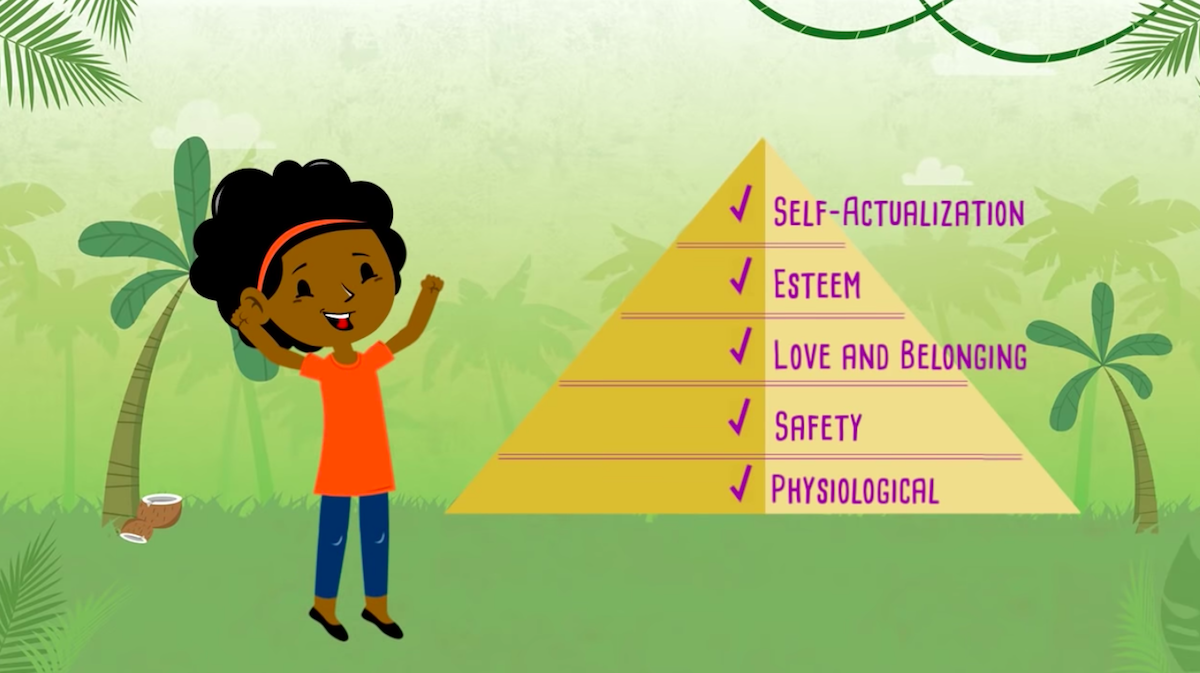
The Neuroscience behind Emotions and Branding
While many companies go about building their brands as more of an art and less of a science, some companies look at how they can adapt their brand awareness strategies to influence customers on a psychological level with a tactic called “neuromarketing.”
Neuroscience is a field of research that studies the cognitive and affective responses of human beings. This translates into neuromarketing when we start applying these ideas to how they might impact a consumer’s brain responses to stimuli.
When we approach branding from a scientific perspective instead of a design perspective with eye-tracking, facial coding, and EEG (electroencephalogram). We can better analyze a person’s reaction and understand. Exactly how a person will emotionally respond to an advertisement or brand.
Looking more into the science of how to effectively market to consumers has revealed lots of powerful statistics to help marketers reach their audiences:
- 90% of buyers’ decisions are subconscious.
- Human beings process visuals 60,000 times faster than text.
- 50% of a brand experience is based on emotion.
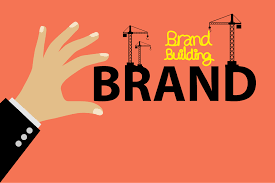
The Benefits of Emotional Branding
Using neuroscience techniques in conjunction with branding and marketing strategies yields some pretty compelling results. Targeting consumers with more effective ads means that you’ll better be able to engage your audience.
When you’re engaging your audience, you’re building a relationship with them, which translates into a remarkable increase in customer lifetime value. Your budget (or accountant) will thank you too. That’s because you’ll be spending way less while simultaneously instilling customer loyalty, which works wonders for your ROI.
Why is it important to take advantage of this strategy?
Because 90% of buyers’ decisions are subconscious. But 89% of consumers don’t feel a personal connection to the brands they’re buying. This means there’s a huge opportunity to differentiate your business from your competition by working to establish an emotional connection.
Brands that have an emotional component to their brand are more likely to be viewed favorably by their customers. Compared to some of their competitors that can feel like soulless corporations.
Insurance is a dry industry. But GEICO has done a great job of bringing an emotional component into its branding strategy. For years, their advertisements have included a personable green gecko. Along with a British accent that the American public fell in love with.
Compare this to The General Insurance company’s branding strategy and you will quickly see how emotional branding can impact awareness and performance. GEICO is the second-largest insurance company by market share, and the General isn’t even in the top 10.
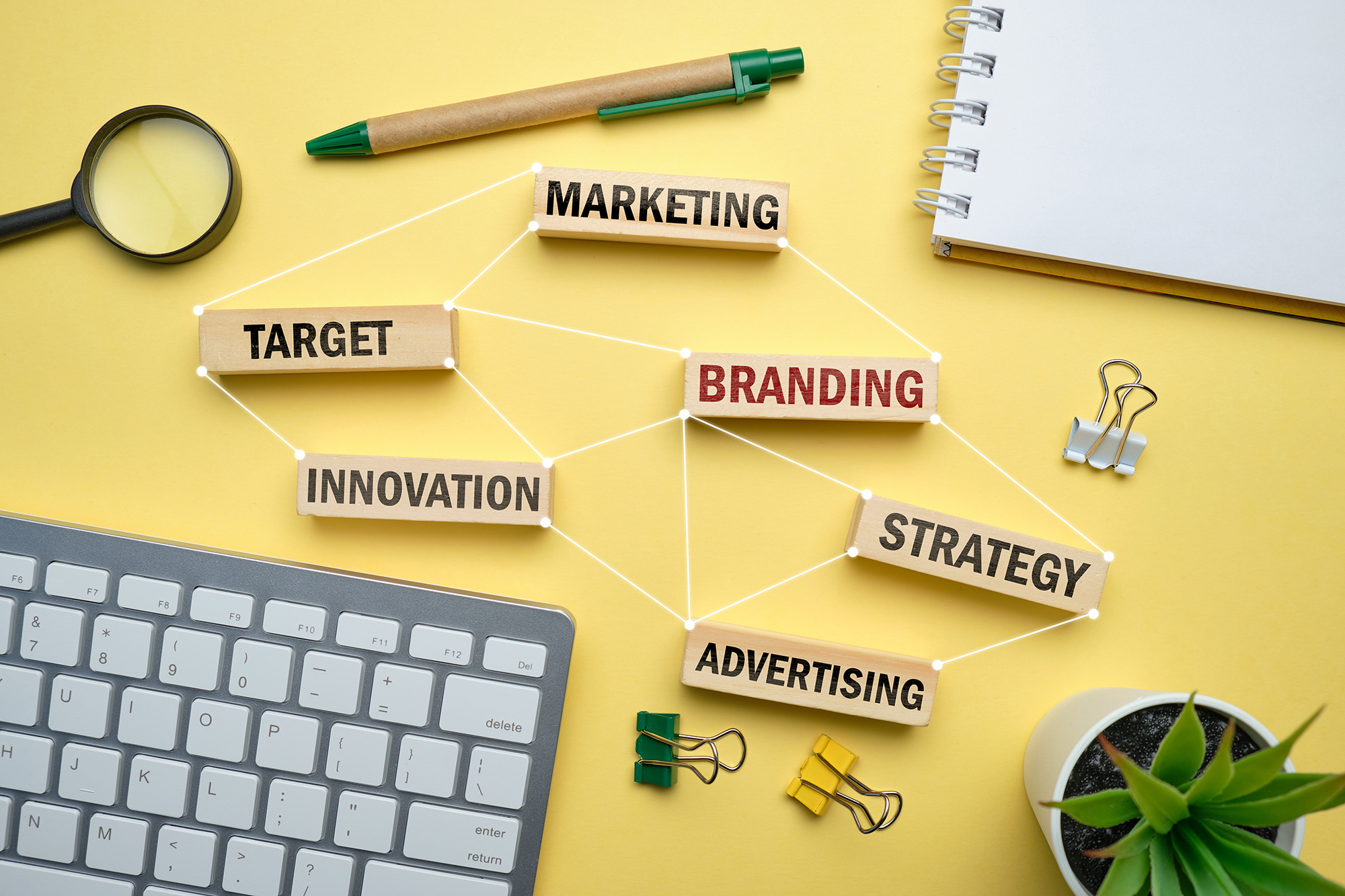
In a nutshell
There is a place for every designer to specialize in their area of interest. Also, there is a place for designers to dabble in every type of design. They all-encompassing the world of graphic design cultivating an industry that celebrates every skill set, talent, and creative approach.
You can try out draftss for an excellent experience and increase your product marketing. We provide premium quality services on unlimited graphic designs, WordPress, Webflow, HTML, Illustrations, Websites, Landing pages, Dashboards, App UI/UX, and many more. Here we provide our clients with 73+ types of design and code services.
